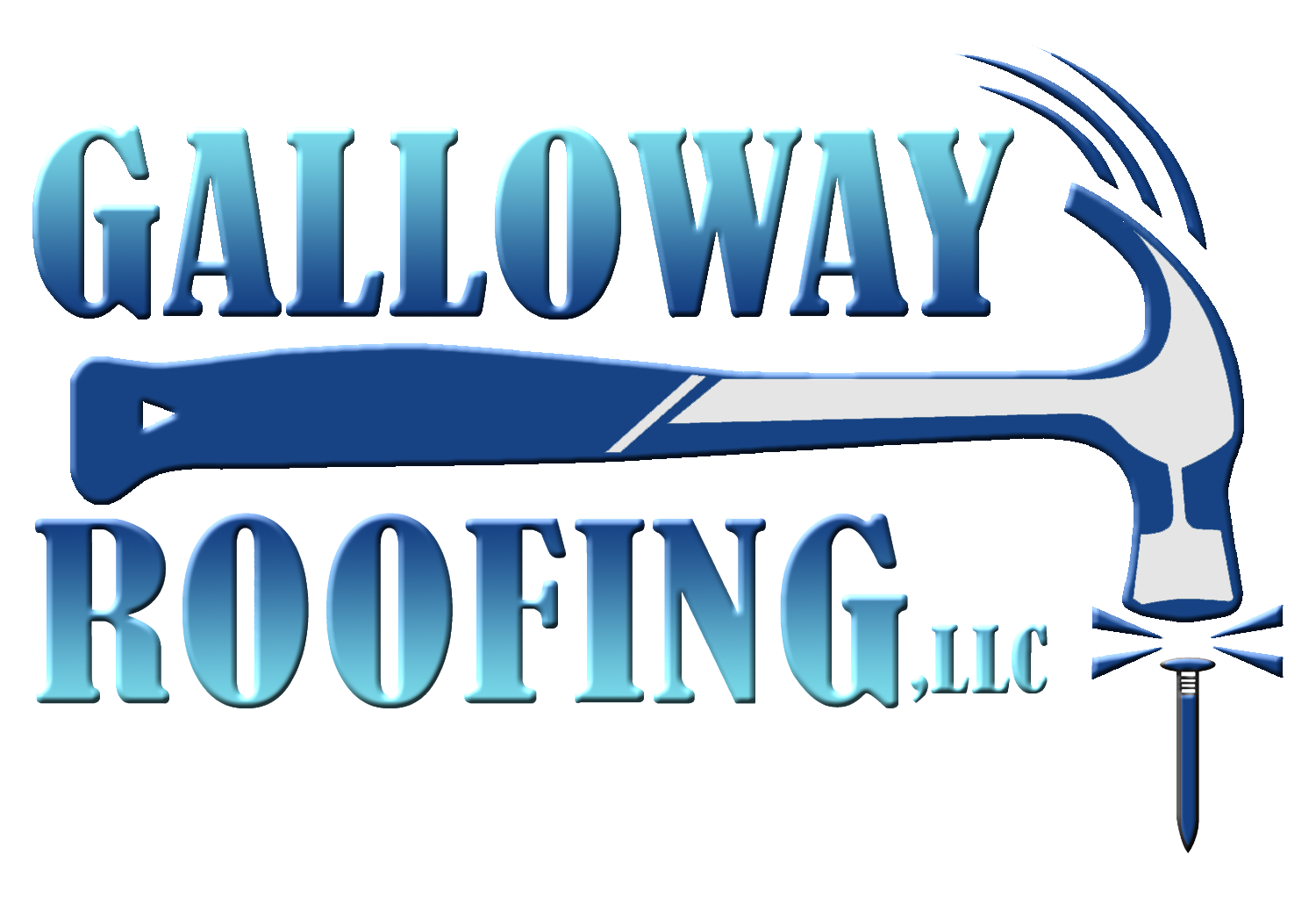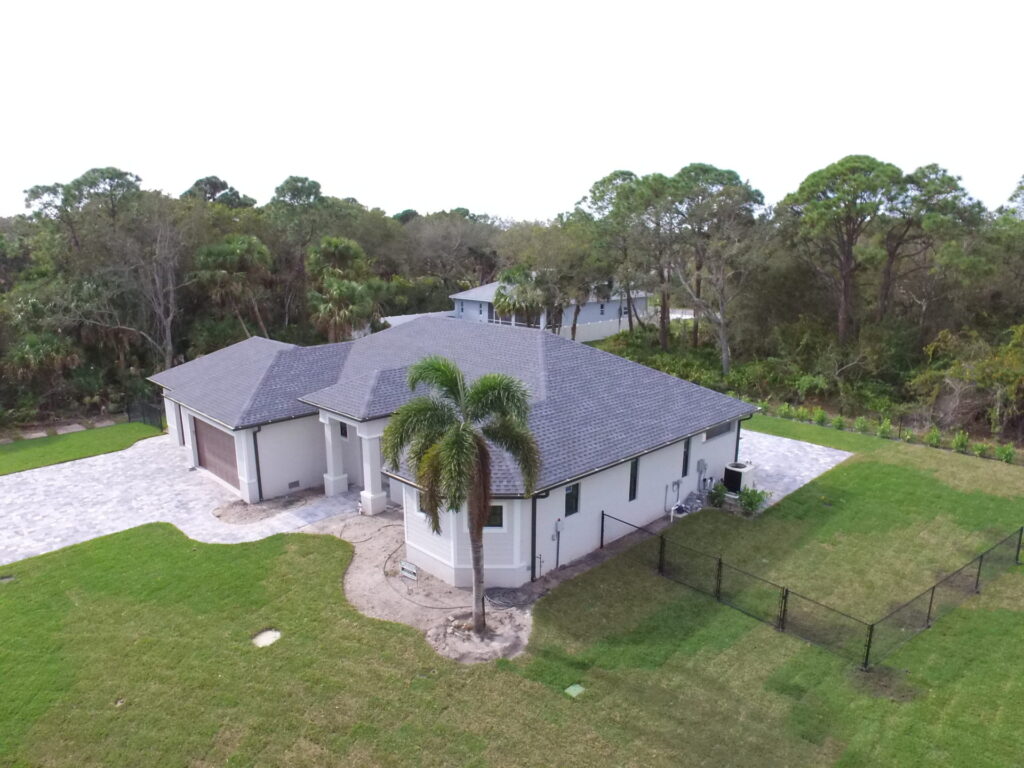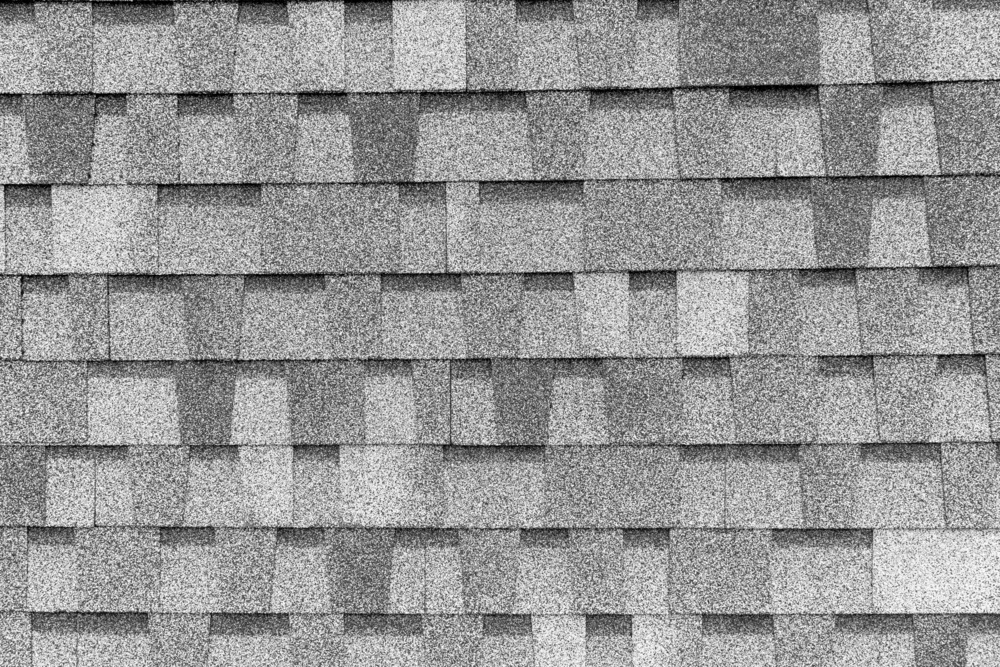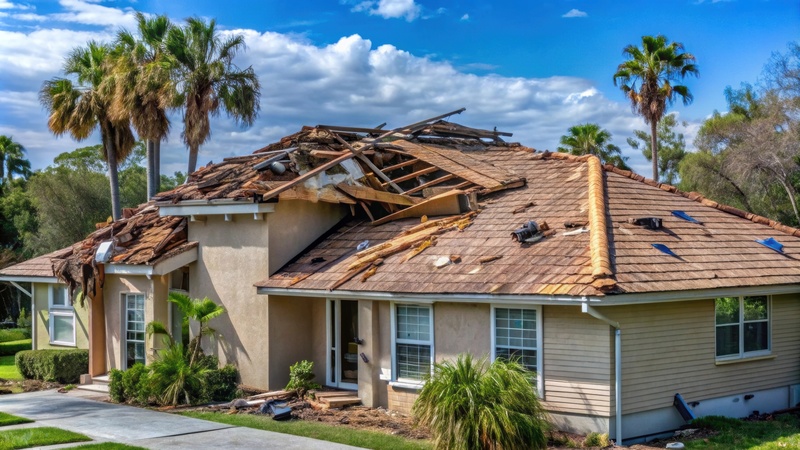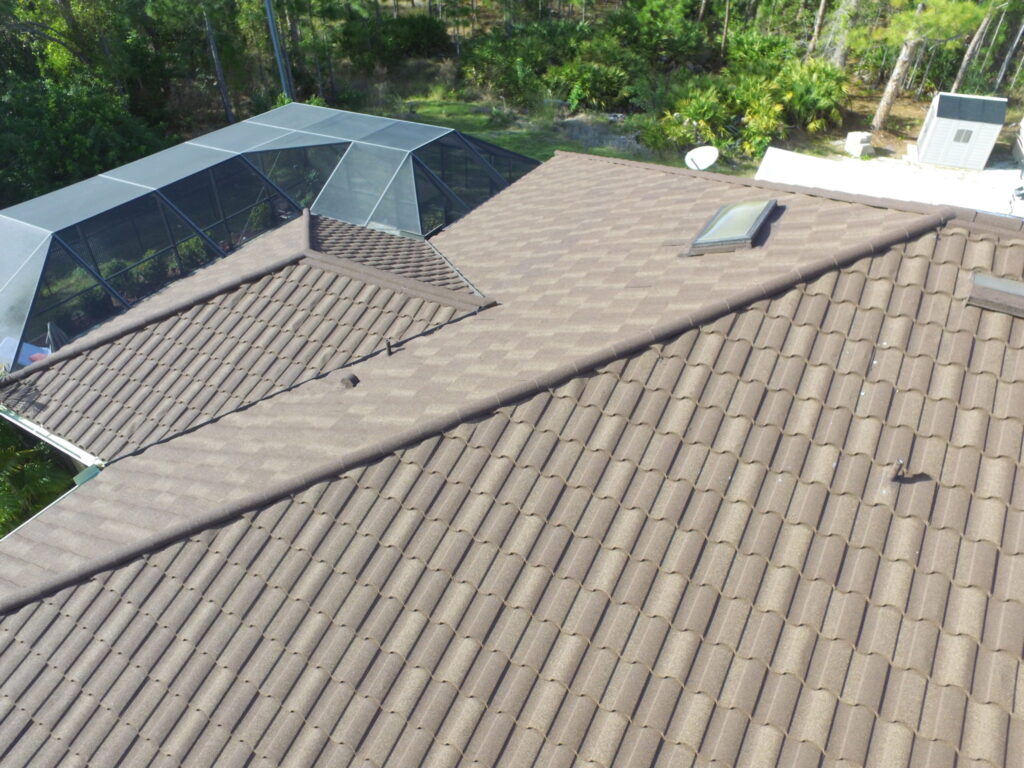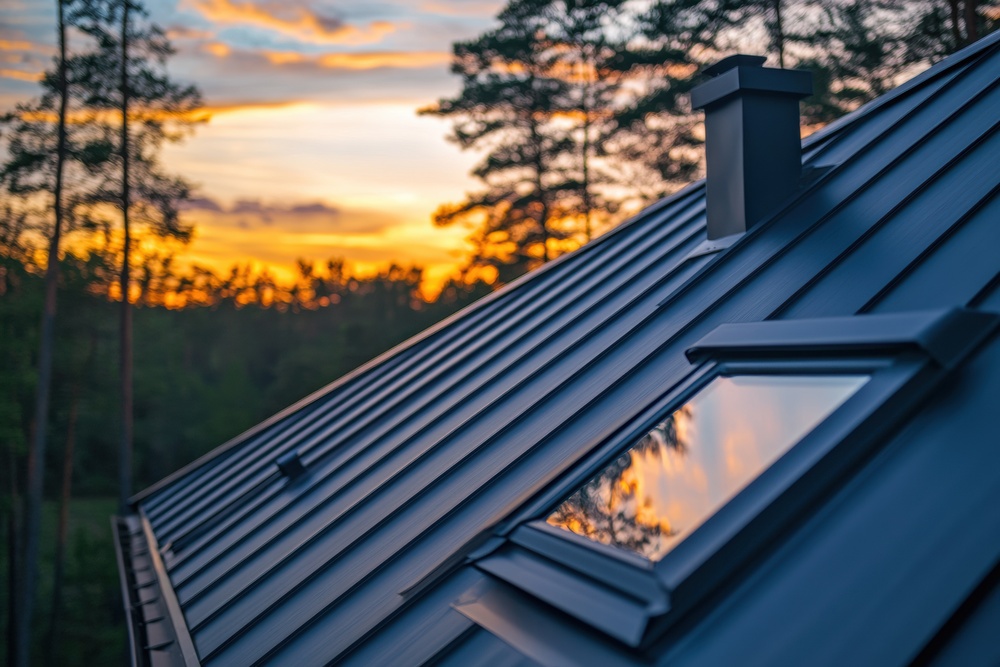Living in a place like Englewood, where storms are a regular part of life, can keep any homeowner on edge. You’re probably no stranger to the stress of protecting your home from wind, rain, and debris.
And when it comes to your roof, it’s easy to get caught up in the sea of advice floating around. Unfortunately, not all of it is helpful.
There’s plenty of bad info out there about how to storm-proof your roof. Some of it sounds like it’ll save you time or money. So, let’s cut through the noise and get straight to what really works.
Key Takeaways
- Metal roofs don’t attract lightning; they disperse electricity and are safer during storms than you think.
- Just because your roof didn’t leak after a storm doesn’t mean there’s no hidden damage—get it inspected.
- New roofs don’t last 20 years without maintenance—regular checkups keep them in top shape.
- Roofing materials aren’t all the same—choose wisely based on your local climate to avoid storm damage.
Storm-Proofing Myths: 7 Lies That Could Damage Your Roof
When protecting your home in Englewood, believing in common roofing myths can lead to costly mistakes. Here are some of the most misleading myths about storm-proofing your roof—and the facts you need to know:
Myth 1: “Metal Roofs Attract Lightning – Avoid Them at All Costs”
Ever heard someone say metal roofs are basically lightning magnets? It’s a common myth even outside Florida. Sure, metal conducts electricity, but that doesn’t mean it attracts lightning. Lightning strikes the highest point, regardless of the material.
The real benefit? Metal roofs actually disperse electricity, making them safer than you’d think during a storm. Plus, they’re fire-resistant—an added bonus that makes them even more appealing in storm-prone areas.
So, next time someone tells you to avoid metal roofs, you’ll know better.
Myth 2: “If the Roof Didn’t Leak After a Storm, You’re in the Clear”
Your roof’s dry after a storm in Englewood – must be fine, right? Not so fast. Just because you don’t see water pouring through your ceiling doesn’t mean your roof is damage-free.
Storms can cause shingle wear or hidden water seepage that goes unnoticed until it’s too late. Waiting until there’s visible damage is a costly mistake.
The smart move? Schedule regular roof inspections after storms. Early detection can save you money, stress, and a lot of hassle.
Myth 3: “New Roof? You Don’t Have to Worry for Another 20 Years”
Here’s a sneaky myth that gets a lot of homeowners in Englewood.
People think a new roof means they’re worry-free for 20 years. In a perfect world, maybe. But storms, debris, and climate wear down roofs faster than expected.
Sure, a new roof has a longer lifespan, but you can’t set it and forget it. Ongoing maintenance is key to getting the most out of that investment—so don’t skip those yearly checkups.
Myth 4: “All Roofing Materials Are the Same in a Storm”
Does it really matter what material you choose? Aren’t they all pretty much the same? Not even close. Roofing materials perform differently under storm conditions in Florida.
For example:
- Asphalt shingles: Affordable but may not withstand severe winds.
- Metal roofs: Strong, fire-resistant, and durable during high winds.
- Slate tiles: Heavier and more durable, but also more expensive.
Choosing the right material for your climate is critical. In Englewood, storms can be brutal, so talk to a local roofer to ensure you’re picking the best material for your home.
Myth 5: “Insurance Will Cover Any Roof Damage After a Storm”
Don’t bank on your insurance covering everything. Sure, an insurance claim helps, but it doesn’t always cover every type of roof damage.
If your roof wasn’t properly maintained, such as failure to address minor damage or shingle wear, expect to get hit with out-of-pocket costs. Policies vary, and many have fine print that excludes these certain issues, especially if neglect is involved.
Want to avoid surprises? Call your provider in Florida and get a clear understanding of what’s covered—and keep up with regular roof maintenance.
Myth 6: “I Can Handle Roof Repairs Myself to Save Money”
After a storm, you might think, “I’ll just patch up that small spot myself.” Seems easy enough, right? But roofing isn’t exactly a DIY project.
Missing underlying issues, using the wrong materials, or making improper fixes can lead to long-term problems—such as water infiltration, mold growth, or even structural damage to your home. These issues might seem minor at first but can snowball into bigger, more expensive problems down the road.
You might feel handy with a hammer, but one slip could leave you with more than just a sore thumb. Leave the roof work to Englewood Pros. Trust me, watching from the ground is safer and much cheaper in the long run.
Myth 7: “If My Roof Looks Fine from the Ground, It’s Fine”
If you can’t see damage from the ground, does that mean there isn’t any? Not quite. Most roof issues happen in areas that aren’t visible from your lawn. Small punctures, cracks, or shingle damage can easily go unnoticed—until they become bigger problems.
The fix? Schedule regular inspections, especially after a storm. Professionals in Englewood can spot the damage you won’t see, saving you from expensive roof repairs.
Worried About Your Roof’s Storm Readiness?
Don’t let those common myths leave you guessing. If any of these misconceptions sound familiar, it might be time to get an expert opinion from Galloway Roofing. Our team is here to offer a no-obligation inspection, giving you peace of mind without the pressure.
We’ve seen it all when it comes to Florida’s storms, and we’re committed to providing clear, honest advice that helps you make smart decisions about your roof. Whether you’re dealing with recent storm damage or want to ensure your roof’s ready for what’s ahead, we’re here to help. Call us at (941) 697-3737 today for a free estimate or to schedule your inspection.
